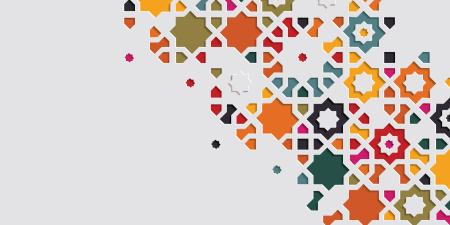I remember, vividly, my first day of medical school in a small southern town. As I entered the classroom, a large amphitheater capable of seating 400, I knew that my life would be forever transformed. The dean's office categorized me as a nontraditional student because I had completed undergraduate work nearly a decade earlier. Interestingly, like a growing number of nurses, I had realized that I could direct patient care at least as well as I could execute physicians' orders.
As I selected a seat in the room that would literally become my second home, I recalled the demographic breakdown of our class; 85 percent were of European descent, and 65 percent were male. Indeed, as I perused the congregation of my fellow classmates on that summer morning, the numbers played out accurately. While the tasks that lay ahead were daunting, I remained confident. Unlike any of the other students, I was born and raised in the same inner city neighborhood where the school is located, and by all accounts the odds were against my ever escaping this impoverished community. Honestly, I was confident because I had been groomed for success.
Although my parents had received little more than grade school educations, my formal education commenced in Project Headstart, a federally funded program designed to prepare economically disadvantaged children for first grade. And although no one in my neighborhood spoke standard English, I benefited from after school and weekend tutorials offered by Upward Bound. Upward Bound, also federally sponsored, is a program whose mission is to prepare adolescents from low income families for college. I participated in this program throughout my high school career, and the experience was invaluable. In addition to academic lessons, our mentors organized outings to local theatrical productions and summer trips to such varied places as Washington, DC and New York City. Prior To joining Upward Bound, I had not traveled beyond a 20-mile radius of my hometown.
Even though I have successfully completed medical school and residency, I am ever mindful of all the assistance I received along the way. I have no doubt that I am exactly where I should be, in the clinical setting taking care of patients. My work with the American Medical Association as a member of the Minority Affairs Consortium (MAC) Governing Council has allowed me to add the role of physician-advocate to my clinical practice. The goals of MAC are to promote diversity in the profession, eliminate racial and ethnic and disparities in health care, assist physicians in delivering culturally effective health care, and increase the participation of minority physicians in organized medicine. We are currently launching a Doctors' Day campaign in which minority physicians around the country will literally go back to school and introduce children to the field, and we are seeking funds to help defray the cost of medical school for students.
The scope of medicine is as vast and rich and colorful as the men and women who practice it. Many believe that a more diverse provider group may be better able to deliver effective care to today's patients. While this hypothesis can be argued, most would agree that as medicine becomes more diverse, it becomes broader and richer in its scope and perspectives.
During recent ward rounds we examined and discussed a 63-year-old Native American woman who frequently bounces back with exacerbation of her congestive heart failure. All indications suggest that Mrs. M takes her medications as prescribed, and the home nurse relates that she usually follows an appropriate diet. The problem, it seems, is the food she consumes at family meals, ceremonial activities, and other community gatherings. Then there is the 58-year-old Latino man with diabetes who understands very little English and struggles with the information imparted by our entirely monolingual team. Moreover, I am often reminded of the tragic case of the 19-year-old African American who had systemic lupus erythematosus with multi-system involvement. When her medical resident told her, "You cannot become pregnant," the patient thought he meant exactly what he had said—that she could not become pregnant, that she was infertile. Several months later, the young woman was surprised to learn that she had, in fact, conceived. The fetus spontaneously aborted in the first trimester, and the patient nearly succumbed to accelerated hypertension and renal failure.
I recall the summer clerkship as a member of a busy ward team in a major medical center in Minnesota. An African American patient from the southeastern United States mentioned that she had consumed large quantities of "pot liqueur" during the previous week as she was suffering with gastrointestinal symptoms. The senior resident initiated delirium tremor orders; he did not realize that "pot liqueur" is simply the liquid remnant of cooked vegetables and is completely nonalcoholic.
Is the care that Native American doctors give Native Americans superior to that offered by Caucasian or Latino physicians? Should I assume that African American patients are inherently more comfortable with me than with physicians from other racial and ethnic backgrounds? These are complex and compelling questions. Can we teach students in Minnesota medical schools what pot liqueur is? Of course. Can we give every patient who is sick and vulnerable the courage to press an unfamiliar-looking, assertive, perhaps intimidating physician by asking, "Why can't I get pregnant? Is this same patient more likely to feel comfortable enough to ask a physician who looks and talks like her? These are tougher questions. Clearly, cultural nuances and commonalities are not to be dismissed as factors that might make a difference in a patient's outcome.
An increasing number of citizens and advocacy groups question the necessity, and even the appropriateness, of affirmative action initiatives and programs designed to assist poor children. I believe our profession and our patients benefit from the experiences and strengths of those from a variety of backgrounds, and I sincerely doubt that I would be where I am today without the aforementioned programs. Physicians are challenged to consider the serious implications of blanket elimination of such programs. Can we afford the consequences?



